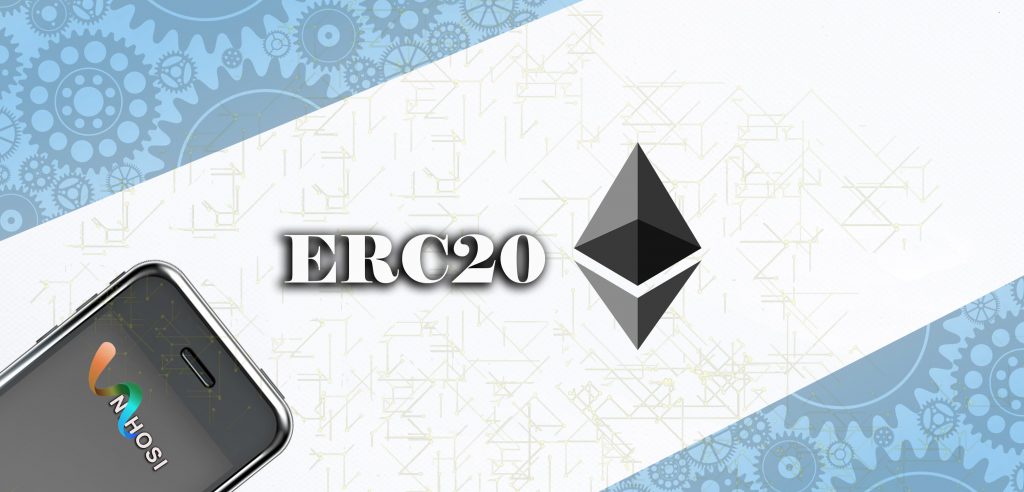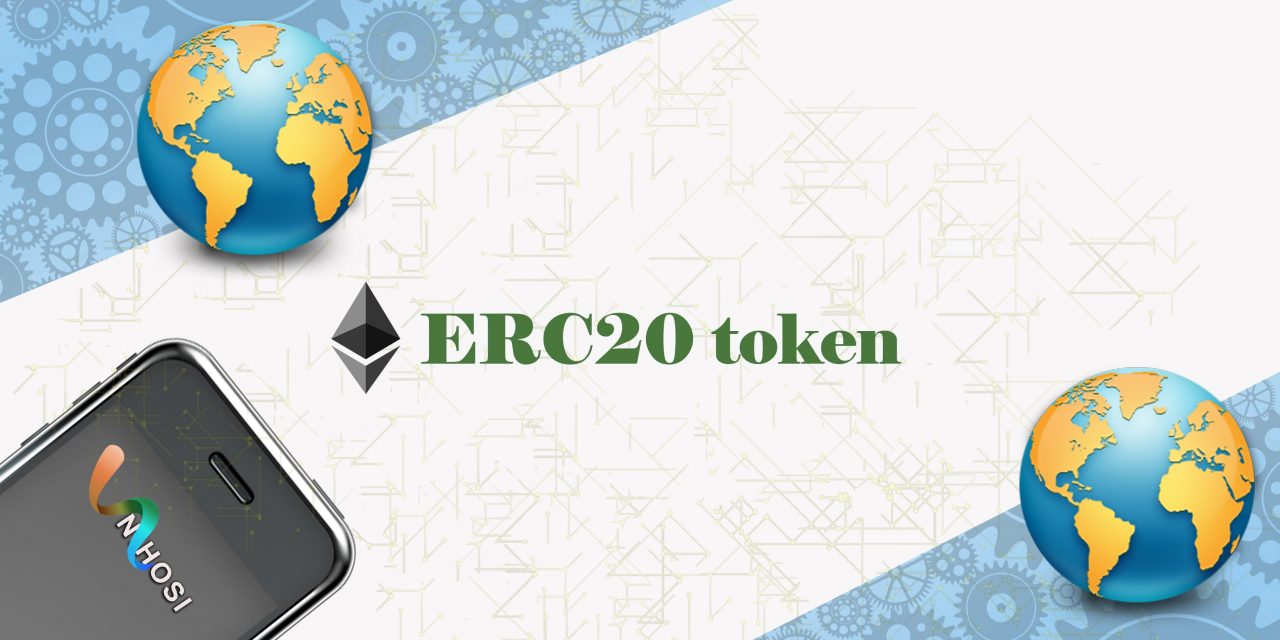Bitcoin was the first cryptocurrency ever created, while Ethereum was the first cryptocurrency and blockchain that enabled a variety of decentralised services inside its network. For these services, the Ethereum network permits coins other than Ether to be used in the network. These tokens are known as ERC-20 tokens in the cryptocurrency community.
Ethereum is a decentralised platform designed specifically for the use of smart contracts, which are digital agreements that can be pre-programmed to carry out their terms automatically if certain criteria have been satisfied. The implementation of this feature enables the development of a wide variety of novel decentralised applications.
As a consequence, the Ethereum blockchain is used as the foundation for several different systems and coins. Most popular utility tokens and decentralised finance (Defi) apps are developed on the Ethereum virtual currency platform. For their tokens to be recognised by the network, developers must adhere to a set of standards known as ERC20.
ERC-20 tokens are blockchain-based assets that have value and can be transferred and received, similar to bitcoin, litecoin, and any other cryptocurrency. The main distinction is that ERC-20 tokens are issued on the Ethereum network instead of operating on their blockchain.
Tokens based on the ERC-20 standard typically have a limited quantity. This is done to prevent an increase in prices over time. However, the majority of ERC-20 tokens have a big supply, thus there is not necessarily going to be a shortage caused by this. ERC-20 tokens are also fungible. Fungibility indicates that these tokens are the same as other tokens, which implies that the price of one ERC-20 token can have an equal utility of another ERC-20 token. Fungibility is a property of all ERC-20 tokens.
What is ERC20?
Tokens based on the ERC20 standard can only be created on Ethereum (and only Ethereum). ERC20 also defines a set of standards to which cryptocurrencies may comply. To function with smart contracts, ERC20 tokens specify a set of rules that all tokens on the Ethereum network must follow.
The Ethereum network’s native cryptocurrency is known as Ether (ETH), and the ERC20 token stands for a particular standard, also known as a set of rules, that developers may adhere to create Ethereum-based tokens.

ERC20 token
People were able to develop and launch their projects inside the Ethereum network. A large number of users were able to successfully introduce their tokens into the network. Nevertheless, the most significant issue was that the tokens that were issued by different users were unable to communicate with one another, although there were many decentralised applications (dApps) that might operate as a medium for such communications. As a consequence of this, the Ethereum network devised certain regulations in the form of smart contracts, and each token that was launched inside the Ethereum network would be required to go through those rules. Because of this, the tokens eventually became known as ERC-20 tokens.
As a result of the elimination of some of the obstacles that stood in the way of projects desiring to collaborate, the introduction of ERC-20 tokens has permanently enhanced and altered blockchain technology. In addition to Ethereum, work has begun on the integration of these principles by other networks to create their coins. For example, the BEP-20 coins are used by the Binance blockchain.
How Does ERC20 Work?
The ERC20 standard is not a computer programme or other kind of software. It is a normal operating procedure. The creation of new tokens is governed by this protocol, which checks to see that the tokens are created according to the appropriate technological standards. If a token does not meet the necessary technical requirements outlined by ERC20, it will not be referred to be an ERC20 token, and it will not be allowed to be issued on Ethereum.
The Hypertext Transfer Protocol (HTTP) is a good comparison. HTTP specifies the structure and transmission of messages over the internet, as well as the behaviour expected of servers and browsers in response to certain instructions. Similarly, ERC20 outlines the fundamental characteristics that tokens based on Ethereum should possess as well as the operations that they should carry out. Tokens that do not conform cannot be issued, exchanged, or listed on any exchanges where they are considered for trading.
Why did they decide to come up with the ERC-20 standard?
In 2015, the Ethereum blockchain’s technical specifications for tokens were announced. In other words, Vitalik Buterin, creator of the Ethereum platform, invented the ERC-20 standard in 2015. Before the establishment of the ERC-20 standard, there was a great deal of incompatibility between the many kinds of Ethereum coins since each one had its smart contract. To put it another way, for an exchange or wallet to support a token, the developers of the token were required to build brand new code for each instance. As a result, keeping track of the ever-increasing amount of tokens became an increasingly difficult and time-consuming task. To find a solution to this issue, a universal protocol for all Ethereum tokens was developed.











Subscribe To Our Newsletter
Join our mailing list to receive the latest news and updates from our team.
You have Successfully Subscribed!